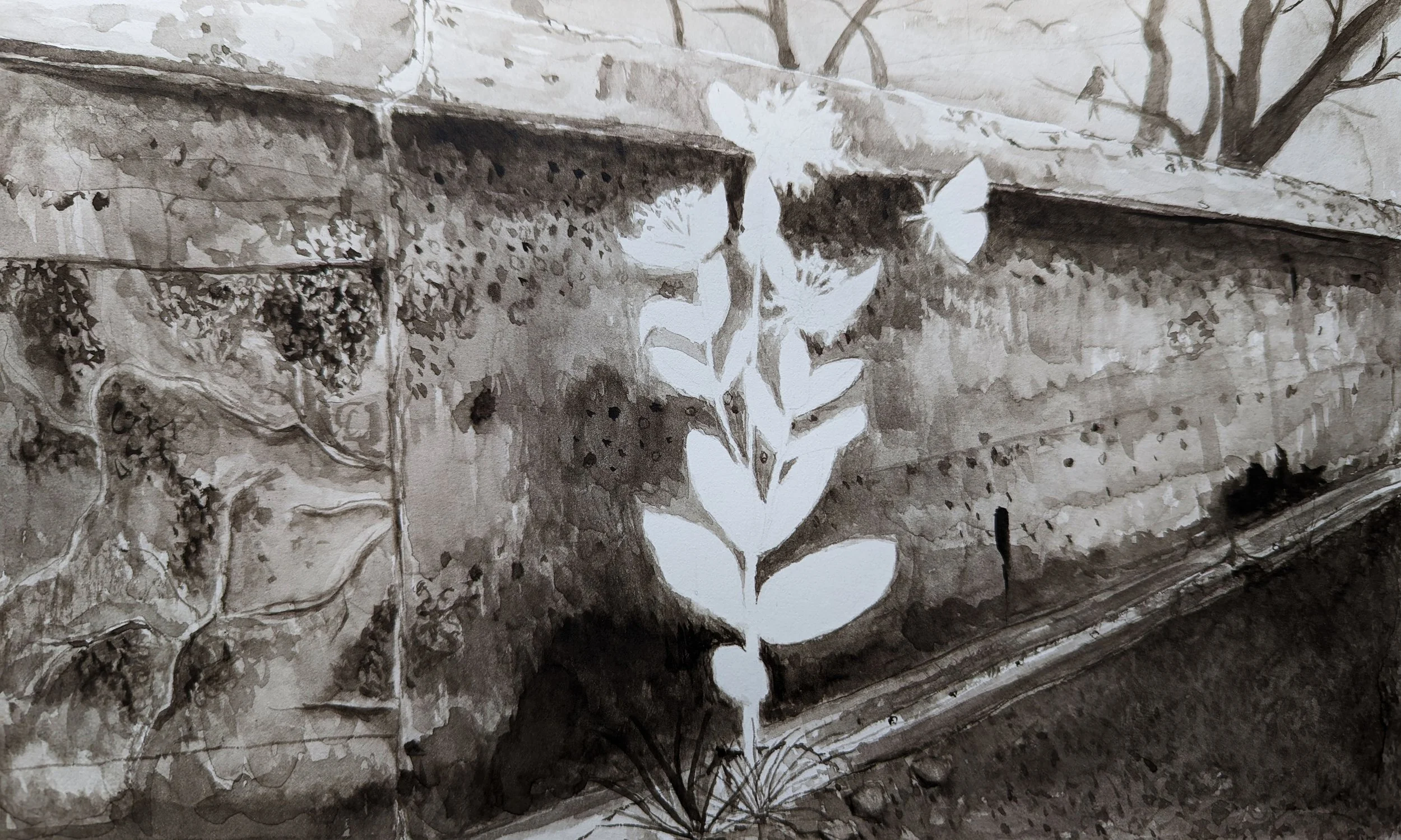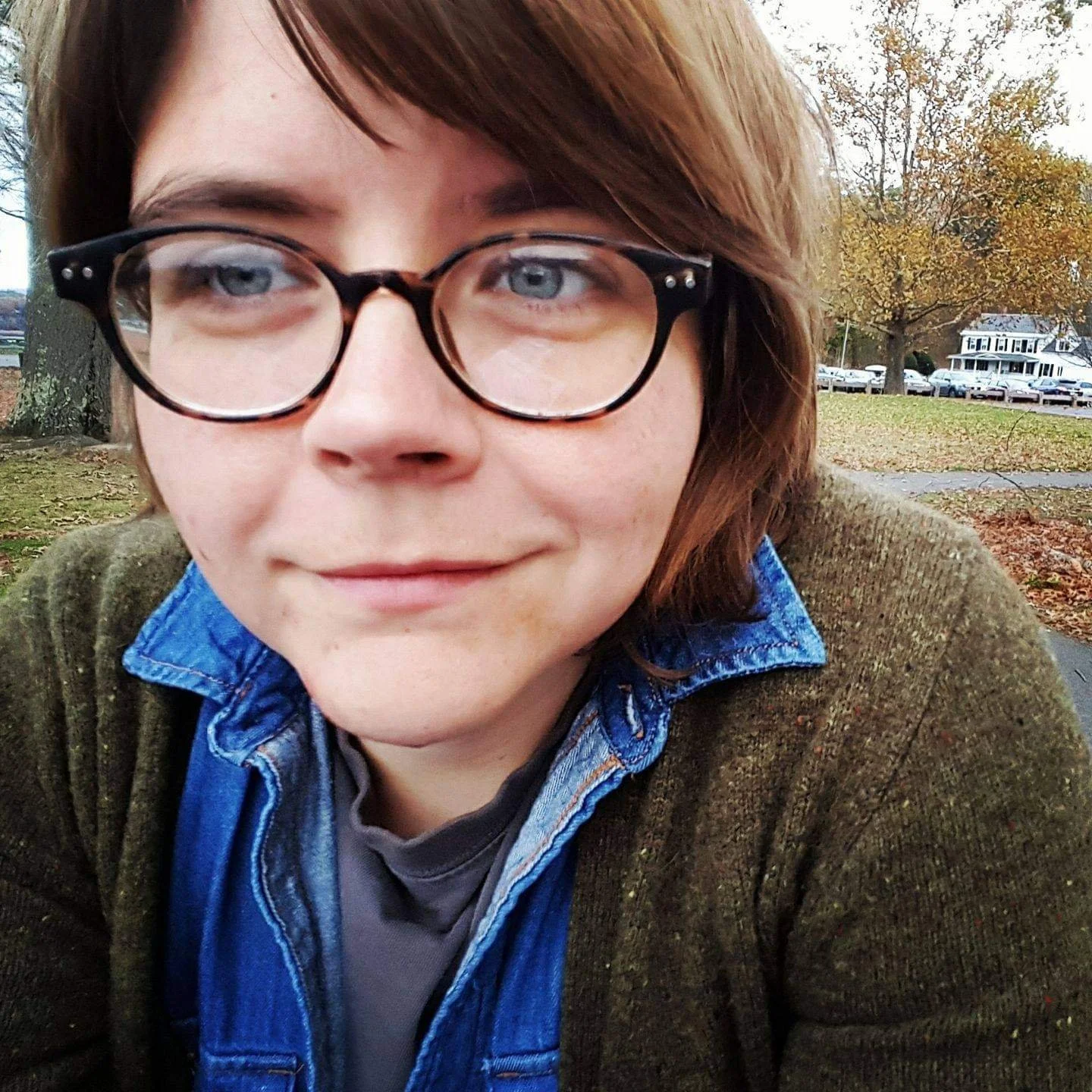The Power of Noticing
How conservation can start with recognizing plants
Image credit: Mal Cole
by Mal Cole
May 19, 2022
IIn 2011, botanist and plant scientist Steph Zabel decided to leave her job at the botanical collections of the Harvard University Herbaria. As a passionate conservationist, Zabel wanted to find a way to directly connect people with the plants in their communities. She believes that increasing awareness of local plants on a small scale could be revolutionary and lead to greater collective action to protect plants.
“It seems like the forces of destruction are huge, and what can we really do about that?” said Zabel. “I think one of the solutions is to develop a personal relationship with the … plants, the animals, the water, the hills where you live — even just appreciating them, acknowledging them, and seeing the beauty in them.” She has since founded Herbstalk, an organization that organizes classes on plants and wellness, and co-founded the Connecting with the Living Land course to provide education and help participants create relationships with the plants around them.
The act of seeing and noticing plants might seem small in the face of a global climate emergency and mass destruction of habitat, where it is estimated that more than 20% of plant species are threatened with extinction. As researcher Murphy Westwood and colleagues wrote in a 2020 opinion paper, “…there are likely more threatened plant species than all described birds, mammals, reptiles, amphibians, and fishes combined.” Increasing our perception of plants is at the heart of a movement led by scientists and individuals like Zabel to address a phenomenon scientists have termed “plant awareness disparity” (formerly called “plant blindness”), the tendency of humans to be able to notice and appreciate animals but not plants. Because plants are mostly stationary and lack features comparable to humans, some scientists have argued, we have trouble creating a connection that inspires empathy.
“There are likely more threatened plant species than all described birds, mammals, reptiles, amphibians, and fishes combined.”
Zabel works within the greater Boston area, where it’s easy to pass by the plants growing through cracks in the concrete. But even in more rural environments, humans can overlook the plants around them. According to some researchers, a change in awareness of plants on an individual level could be essential for sparking larger-scale action to conserve plant diversity, as well as for fostering sustainable development on a global level.
In a 2016 essay in the journal Conservation Biology, environmental researchers Mung Balding and Kathryn Williams discussed evidence linking the ability to empathize and anthropomorphize the non-human with increased support for conservation. They noted that a culture of kinship with the non-human, as is typical of some indigenous groups, can be fostered through increased experience with and recognition of plant life. That is, if we know plants more intimately, we are more likely to identify with them and protect them.
Artist and bestselling author Jenny Odell encourages this empathy with the non-human within our day-to-day lives as a form of activism. Odell views her efforts to discover the plants in her local environment as part of her resistance to the human-centric world of social media and capitalism. In her book How to do Nothing: Resisting the Attention Economy, she described how beginning to notice and identify plants, animals, fungi, and invertebrates using the app iNaturalist led to a “complete re-rendering” of her reality. “Learning the names of things was my first step in perceiving not just ‘land’ or ‘greenery,’ but living bodies instead,” she wrote.
Art is another way to acknowledge individual plants purely through their form, even without knowing their names. Lara Gastinger, a botanical artist who, in 2018, won her second gold medal at the Royal Horticultural Society Botanical Art Show in London, creates intimate and exquisite watercolor and ink portraits of local flora. Her artwork reflects her observational skills and scientific training as a plant ecologist, but also her personal connection to nature.
Lara Call Gastinger's Perpetual Journal rendered in watercolor and pen from March 26 to April 1 over the course of five years (2017-2021). Image credit: Lara Call Gastinger
Gastinger, like Zabel, is also passionate about educating people about the plants in their environments. She has assembled a worldwide community of citizen scientists who draw the plants they find throughout the year and post their art to Instagram as part of her Perpetual Journal project. There are now over 8,000 posts under the hashtag #lgperpetualjournal.
Gastinger believes that sharing what you find and what fascinates you about the natural world can be revolutionary and contagious. “In some ways, I’m trying to educate people about the plants around them, but mainly I want to get them to find their own [subjects],” she said. “That’s why the whole Perpetual Journal thing really empowers people.” The aim of the project, she said, is “not about learning the plant’s name, but just being able to identify how it’s different or unique, or how to be curious about all that’s out there.”
In addition to inspiring compassion that could fuel more conservation, efforts to combat plant awareness disparity could also have implications for global sustainable development. In a 2020 review in Environmental Education Research, Alexandro Amprazis and Penelope Papadopoulou pointed to plant awareness disparity as an impediment to achieving worldwide sustainable development goals including sustainable agriculture, improved air quality, and optimal mental health.
Another way to foster understanding might be to modify how students are taught about plants and biology in school. Biology education researcher Kathryn M. Parsley noted in a 2020 report that preference for animal life leads to gaps in all levels of biology education, with topics such as evolution, for instance, mostly taught using animal examples. A 2021 study of secondary school students in Spain showed that, although students reported high interest in nature in general, they significantly preferred animals. The students were also more familiar with domesticated animals and plants, like apple trees, and less familiar with local native species. The study authors suggested that introducing more hands-on outdoor education opportunities may help address this tendency to overlook plants.
Along with education, an emerging scientific understanding of the ways plants resemble animal and even human life may also impact our views of plants. Suzanne Simard, professor of forest ecology at the University of British Columbia, is exploring how forest ecosystems exhibit social behavior and communicate through subterranean fungal networks. In a 2009 literature review discussing a framework for “plant neurobiology,” plant cell biologist František Baluška and botanist Stefano Mancuso suggested that plants might feel a kind of pain. Monica Gagliano, a plant cognition researcher, has conducted studies showing how mimosa plants learn and remember.
Given the growing evidence that acquainting ourselves with plants could inspire efforts to protect them, it might be time to recognize that plants are more like us than we thought. Zabel put it this way: “We are all interconnected, we are a part of the earth, and just having that realization means there must be a real shift in awareness.”
Learning to see our plant neighbors is the first step.
Mal Cole
Mal Cole is a science and nature writer and botanical artist from eastern Massachusetts. Her interests include plant biology, ecology, environmental science, botany, natural history, and science history.


